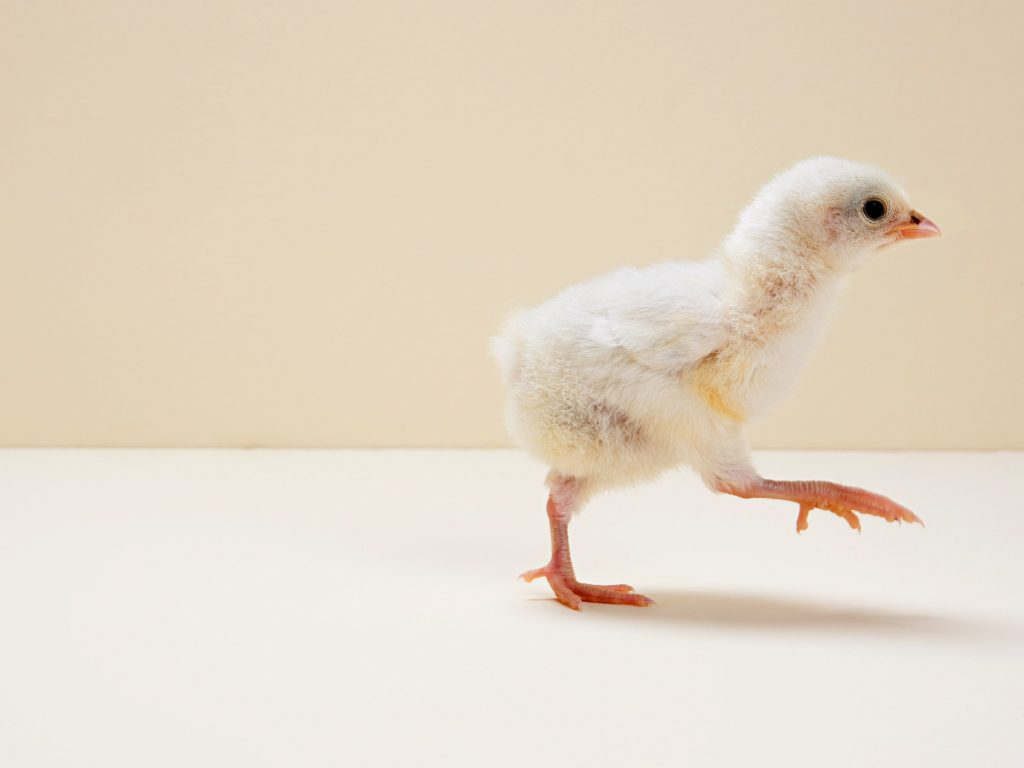
Baby chicks are now being raised by robotic hens.
Scientists to Introduce Robotic Hens to Chicken Operations
It’s all about the imprinting, according to a story by Matt Simon for wired.com. Scientists are introducing robots to factories, to the boxing ring, to the operating table, why not to the chicken coop?
Now, granted, this mama hen looks nothing like a real hen, but the chicks don’t know that yet.
The secret is imprinting. Around five hours after they hatch, chicks begin to grow deeply attached to their mother. It’s such a strong instinct that if something, anything, moves, chances are a chick will bond with it. That’s why farmers—at least the small-scale ones—go out of their way to bond themselves to their birds. It makes the critters more manageable.
This video demonstrates how baby chicks are tricked into bonding with a robot mother hen.
And researchers can use imprinting to trick chicks into falling in love with robots. First they put the chicks in little plexiglass boxes from which they watch PoulBot scoot back and forth. All the while the robot calls out, though not with pre-recorded hen sounds.
“If you start to emit real sound, you have to understand what those real sounds mean, and you have to translate chicken language,” says Université Paris Diderot physicist José Halloy, co-author of a new paper detailing the process. So the robot makes sounds that are chicken-ish, which helps the creatures bond to it.
Now, developing animal behavior models to power robots is hard. I can’t do it, and you probably can’t do it. “It takes a PhD to build a model, which means four years of work,” says Halloy. The PoulBot speeds that process up. “The idea was to use robots and artificial intelligence to automate as much as possible to produce a model faster,” Halloy adds. That’s right—postdocs aren’t safe from automation either.
The shepherds on the farms of the future may well be robots. Robots on tracks, not wheels.







Leave A Comment